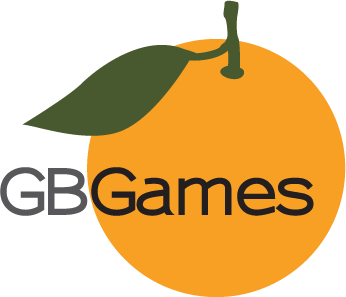After guests arrived and signed up to win a few lightsabers courtesy of Virtual Partners Training Center, Carrie Gale introduced Alex Seropian.
Seropian is the founder and president of Wideload Games, Inc. He left Seattle after selling Bungie to Microsoft and creating Halo, coming right back home to Chicago. He talked about the guiding principles for Wideload and about the unique team management and development model used by the team. The post mortem is more about the way the company worked than anything else, and it made for a good presentation.
He talked about how Wideload was founded to create and develop original games. While everyone else is doing one thing, he wanted to take Wideload in a different direction entirely. To help, he came up with the Wideload Commandments:
- Thou Shalt Establish Creative Direction
- Thou Shalt Own Thine Own IP
- Be Nobody’s Beeotch
- Keep Overhead Low
He elaborated by talking about how the Wideload brand should mean something to fans and be independent. It’s a lot easier to be original when you don’t need to worry about appeasing a completely different party, especially if that party owns the copyright and trademarks over your head. Wideload was going to be able to dictate its own success, create its own value, and try to make deals with partners that have the same goals. Alex also mentioned how there shouldn’t be a sharp ramp up and down between projects. Even though costs and requirements are increasing, it was possible to limit costs by keeping the team small in the first place. He touched upon Brooks’ Law and noted that with the smaller team, communication was faster and there was reduced overhead. Talent was hired as needed instead of paying for a huge team that would be ultimately underutilized.
What Went Right
Alex noted that the ease of communication helped to foster a truly creative environment. People weren’t worried about saying the wrong thing in front of management, and so any idea could be acted upon and developed by anyone within earshot. Some of the zanier ideas made it into the game.
They had the ability to say no to bad deals and didn’t have to live hand to mouth. Mutually beneficial deals were easier to get than they might have been for another developer.
The cost structure helped mitigate costs, even though they ran four months behind schedule. They paid for the assets they needed instead of paying the salary of an artist, for example.
They contracted out work, and they scaled up and down as needed. They weren’t stuck with employees that could negatively impact an otherwise massive team.
They made use of local talent. Quite frankly, Chicago rules when it comes to game development.
Wideload also leveraged the Internet to get shorter iteration cycles, which led to more iteration cycles, which led to improvements that wouldn’t otherwise be possible. The real time communication and concepting forums helped keep everyone on the same page, even with the contractors.
What Went Wrong
Unfortunately, the proprietary engine they used (Halo) didn’t have a lot of documentation. There was the question of it being worth the effort of training a contractor who will only be on the project for a few weeks.
While the contractors were great at keeping costs low, Alex found that hiring was difficult since there weren’t many reference assets and tests available. There wasn’t a single producer, and someone needed to manage the art direction and contractors. This task fell to the internal staff, which took them away from the actual work they might have otherwise been doing. The resulting feedback delays lengthened iteration cycles.
Crunch mode still occurred, and the contractors were not going to crunch for the internal team.
Conclusion
In the end, the “Grand Experiment” was a success. Stubbs the Zombie shipped and Wideload is still around to make another game. By keeping control of the creative direction of the company, the size of the team, and the budget, Wideload was able to create a funny, original title with few major obstacles. With major figures in the game industry warning us about the rising costs of game development, perhaps Wideload’s development model might inspire others.
